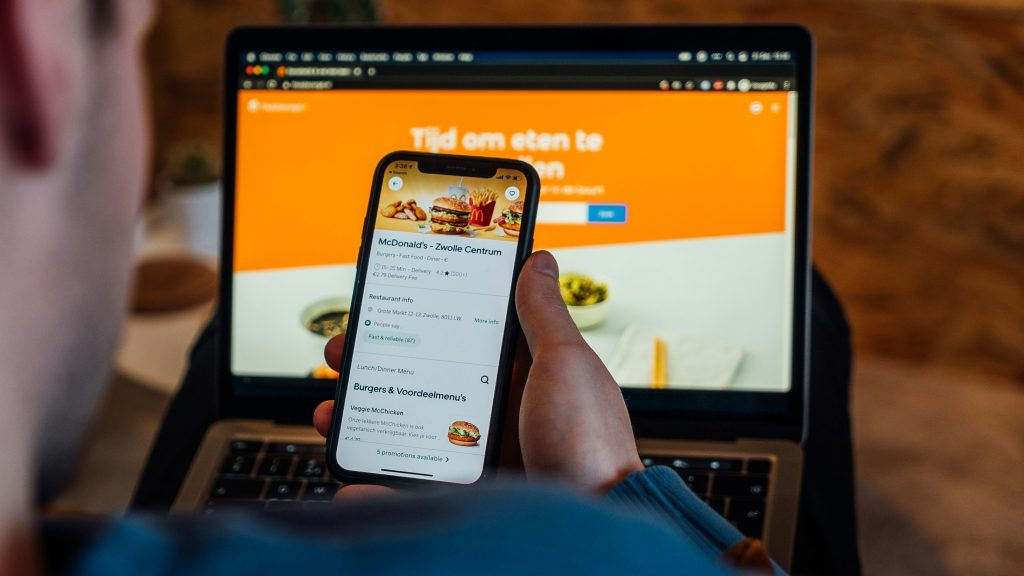Must-Have Features for an Effective Online Food Ordering System

An effective online food ordering system is essential for restaurants and food service businesses to thrive. With the increasing demand for convenience and the growth of the food delivery market, having a robust online ordering platform can significantly enhance customer experience and boost sales.
Here are the must-have features for an effective online food ordering system.
1. User-Friendly Interface
Intuitive Design
- Simple Navigation: An intuitive design with easy navigation is crucial. Users should be able to find what they’re looking for quickly and easily without confusion.
- Responsive Design: Ensure the system is mobile-friendly, as a significant number of customers will order from their smartphones or tablets.
Clear and Attractive Menu
- High-Quality Images: Use high-quality images of menu items to entice customers.
- Detailed Descriptions: Provide detailed descriptions, including ingredients, portion sizes, and any dietary information.
2. Easy Registration and Login
Multiple Sign-Up Options
- Social Media Integration: Allow users to sign up and log in using their social media accounts (e.g., Facebook, Google) for a faster and more convenient experience.
- Guest Checkout: Offer a guest checkout option for users who prefer not to create an account.
Secure Authentication
- Password Protection: Ensure secure password protection and consider implementing two-factor authentication for added security.
- Account Management: Allow users to easily manage their account details, including updating contact information and viewing order history.
3. Flexible Payment Options
Multiple Payment Methods
- Credit/Debit Cards: Compatibility with popular debit and credit cards.
- Digital Wallets: Integration with digital wallets such as PayPal, Apple Pay, and Google Wallet.
- Cash on Delivery: Offer cash on delivery as an option for customers who prefer it.
Secure Transactions
- SSL Encryption: Ensure all transactions are encrypted using SSL to protect customer data.
- PCI Compliance: Ensure the payment system is PCI compliant to adhere to security standards.
4. Real-Time Order Tracking
Order Status Updates
- Live Tracking: Provide real-time updates on the status of the order, from preparation to delivery.
- Notifications: Send notifications via SMS, email, or app alerts to keep customers informed about their order status.
Estimated Delivery Time
- Time Estimates: Provide accurate estimated delivery times based on real-time data.
- Driver Tracking: Allow customers to track the delivery driver’s location in real time.
5. Customization and Personalization
Order Customization
- Modify Orders: Allow customers to customize their orders, such as adding or removing ingredients, selecting portion sizes, and choosing cooking preferences.
- Special Instructions: Provide a field for special instructions to cater to specific customer requests.
Personalized Experience
- Saved Preferences: Save customer preferences and previous orders for a personalized experience.
- Recommendations: Offer personalized recommendations based on customer order history and preferences.
6. Efficient Restaurant Management
Order Management
- Order Dashboard: Provide restaurants with a comprehensive dashboard to manage incoming orders, track order status, and update inventory.
- Analytics and Reporting: Offer detailed analytics and reporting to help restaurants understand customer behavior, peak ordering times, and menu performance.
Menu Management
- Real-Time Updates: Allow restaurants to update their menu in real time, including adding new items, adjusting prices, and marking items as out of stock.
- Special Offers: Enable the creation of special offers, discounts, and promotional campaigns to attract customers.
7. Customer Support and Feedback
Customer Support
- Live Chat: Offer live chat support to assist customers with any issues they encounter while placing an order.
- Help Center: Provide a help center with FAQs and troubleshooting guides.
Feedback System
- Ratings and Reviews: Permit clients to write reviews and grade their experience.
- Feedback Forms: Provide a simple feedback form for customers to share their thoughts and suggestions.
8. Loyalty Programs and Promotions
Loyalty Programs
- Points System: Implement a points-based loyalty system where customers earn points for each purchase, which can be redeemed for discounts or free items.
- Membership Tiers: Offer membership tiers with increasing benefits to encourage repeat business.
Promotional Offers
- Discount Codes: Allow the use of discount codes for special promotions.
- Seasonal Offers: Create seasonal offers and limited-time deals to drive sales during specific periods.
9. Integration with Delivery Services
Third-Party Delivery Integration
- Partnering with Delivery Services: Integrate with popular third-party delivery services like Uber Eats, DoorDash, and Grubhub to expand delivery options.
- In-House Delivery: Offer the option for in-house delivery management for restaurants that have their own delivery fleet.
Delivery Management
- Route Optimization: Use route optimization software to ensure efficient delivery routes and reduce delivery times.
- Driver Assignment: Implement a system for assigning orders to available drivers based on location and capacity.
Key Elements of an Effective Online Food Ordering System
An effective online food ordering system must be user-friendly, secure, and feature-rich to meet the needs of both customers and restaurants. By incorporating these must-have features, you can enhance the customer experience, streamline restaurant operations, and ultimately drive growth for your food service business.
Whether you are developing an in-house system or partnering with a third-party provider, focusing on these key elements will help you stay competitive in the ever-evolving online food ordering market.
